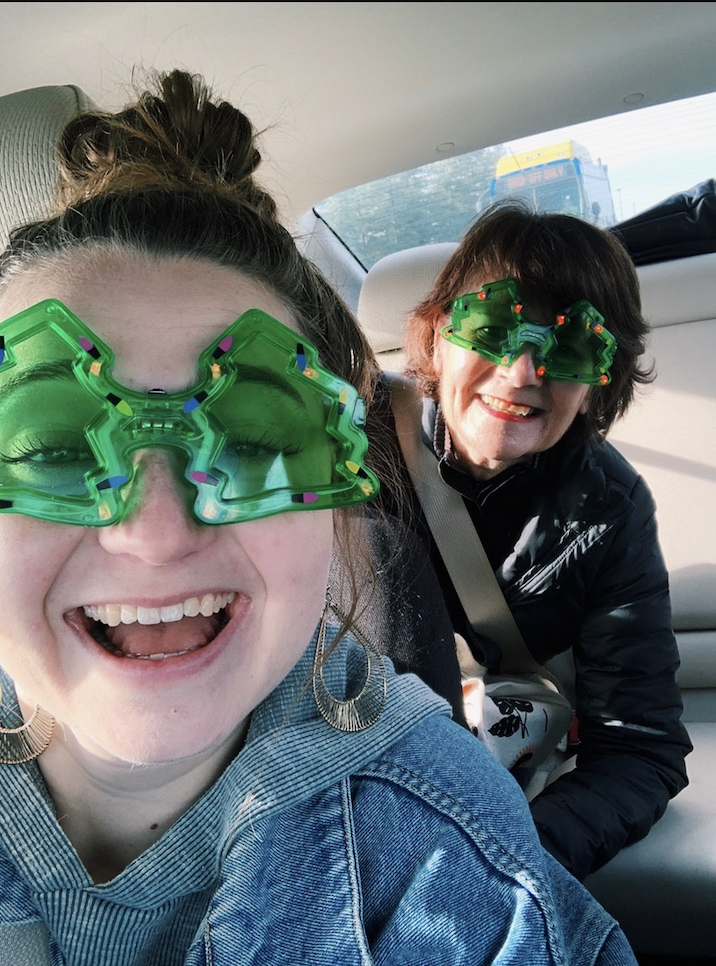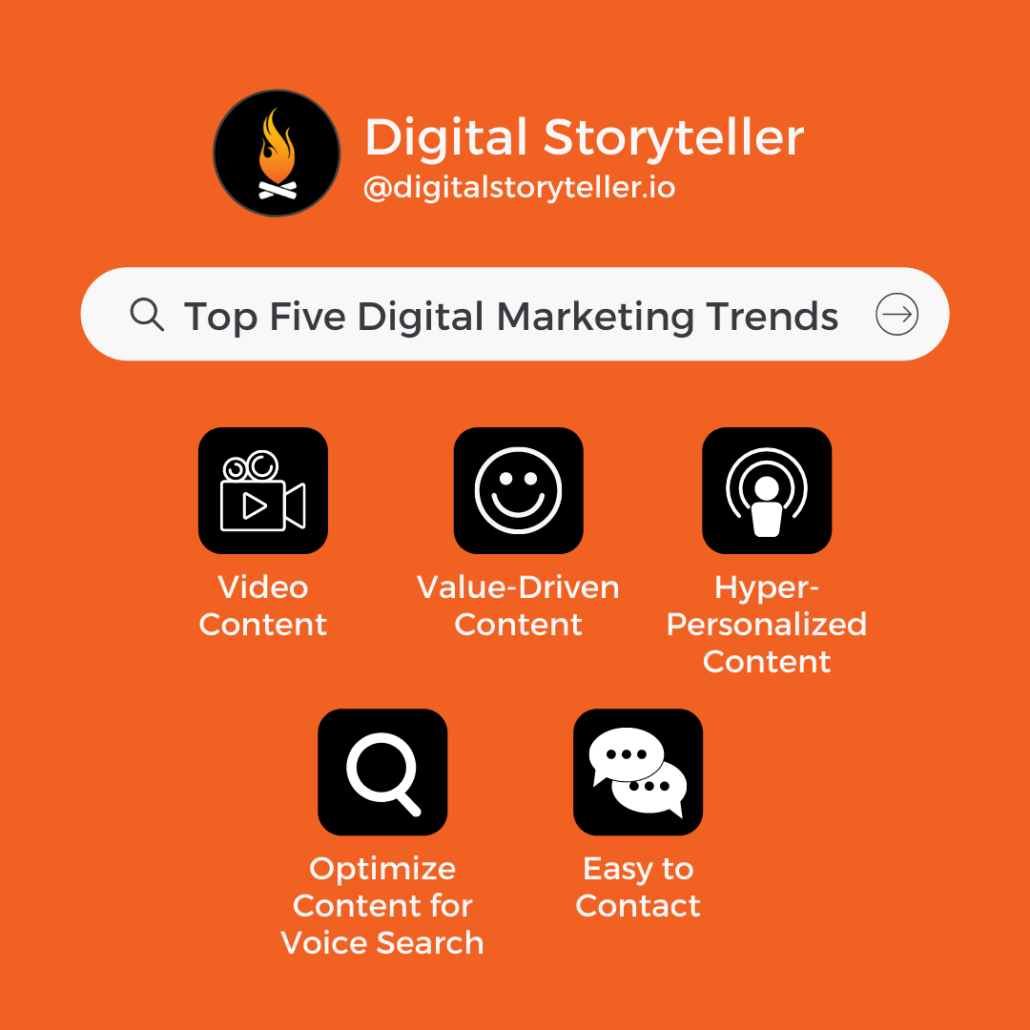If you’re reading this, chances are you’re considering revamping your business’s website. To paint a picture, you might be asking yourself if your current website still fits your needs. Or, if you’re like many others, you might be cringing, asking yourself, ‘Why did I ever think that looked good?!” (We’ve all been there…)
Truth be told, there are many reasons why you might be considering a redesign. (Note: a ‘rebrand’ is something completely different altogether. Don’t worry you can learn everything you need to know about rebranding your business on our blog).
Anyway, whether your site isn’t performing well or it simply doesn’t mesh with your business’s look and feel anymore, we’re here to help answer the question: How often should you redesign your website?
Let’s dive in.
The Hard and Fast Answer
For those of you who don’t want to sift through the reasons why your business might consider a website redesign, here’s a general rule of thumb for how often you should refresh your website.
A business should consider a redesign every three years, according to Amanda Rogers, Founder and Chief Creative Officer of Digital Storyteller. You may find that your business needs a redesign sooner, but likely not much longer after the three-year mark.
“Every three years you should look at your website and really evaluate how much your business has changed.”
If you look at the last three years alone in the business world, so much has changed with:
- COVID
- The changing world of work
- The way we talk about our teams
- The way we talk about building culture
- The way that we share our relationships with our clients
For example, many of our clients went from working exclusively in California to working around the country. This considered, they needed to adjust the language on their site to be not state-specific but industry-specific.
Make Sure Your Website Has These Elements
The three-year timeframe is about the time that a website is still considered ‘new.’ Remember, you always want your website to be:
- Convenient
- Functional
- Aesthetically pleasing (the fun part!)
- On-brand
- And always, user and mobile-friendly
So, there are shifts in your business that require looking at your website every three years at a minimum.
Then, of course, we have to recognize that there are shifts in style as well.
How Often Should I Really Redesign My Website?
Now, for those who don’t need a quick answer, here’s the truth behind how often you should redesign your website, but in more depth.
(We know. We’re going to get a lot of hate for this one.)
The true answer to the question at hand is, it depends.
Yes, we know. That’s an annoying answer that no one wants to hear but it’s true. Whether or not you need to redesign your website varies on a case-by-case basis.
Below, we’ve listed some reasons as to why you might consider a website redesign.
To Address a Problem
Redesigns aren’t always about aesthetics and branding. Is your business’s website experiencing a drop in organic traffic? You’re no longer ranking on Google’s search engine results page? Or, is your website subject to a cyber hack?
To provide another reason for a redesign, maybe your site isn’t effective. Quality content that is hard to find, slow loading times, and links that lead to nowhere (or error or 404 pages), are all huge turn-offs for site visitors.
If any of these problems sound familiar, it’s time to freshen up your site.
To Address Being Outdated and to Align Branding
Sometimes things just look, well, blah! As our favorite Disney antagonist, Sharpay Evans says, “It’s out with the old and in with the new.”
Ask yourself these questions to see if it’s time for a redesign: Is your branding consistent across all platforms? Does your site look or feel outdated? If the answer is ‘yes’ to either of these questions, it might be time.
Because It’s Just Time
Sometimes you don’t need a big problem or reason to redesign your site. It might just be time.
As we well know at Digital Storyteller, the world wide web is constantly changing. Those who don’t keep up in terms of website design will be left in the dust. If your site isn’t offering the best experience to your users, that can be reason enough for a redesign.
Remember, your website will always be changing. It’s a living, breathing piece of content, which leads us to our next point.
Website Maintenance is Key
Let’s imagine. You just finished a website revamp for your business. Hooray! “Glad we’ve got that off our plate,” you might be thinking.
“We don’t have to worry about touching the site for another two to three years, thank goodness…” NOT!
Just because you’ve gone through a redesign as of late, does not mean your site is good to go until the next redesign.
As our Founder and Chief Creative Officer of Digital Storyteller, says, “Web design is never over.” (We also like to call her the web design genius!)
As Amanda well knows, there is always a bug to fix, a team member profile to add, coding to tweak, the list goes on. You will always be completing website maintenance, including site audits, and making small improvements.
This might include changes when:
- Your products and/or services change
- Your mission evolves
- Branding is reconsidered
- Your team grows
- Prices change
- The Google algorithm changes (and yes, it will change…)
- Updates to mobile sites occur
- And more
Is it Time for Your Redesign?
At Digital Storyteller, we recognize that these changes might be beyond your team’s expertise. We know, it’s a lot of work—which is why we’re here to help.
Here are some questions to ask yourself when looking at your website:
- Is it reflecting who you are as a business right now?
- Is it looking forward to where you are headed as a company?
- Does it have any sort of telltale stylistic elements that have fallen from favor?
These three questions alone are a great way to tell whether it’s time to redo your website.
Contact our team at Digital Storyteller today to learn more about how we can support your upcoming website design project or website build.
Want to get to know us before you hop on the phone to discuss? We totally get it. Check out our most recent culture video where our team shares our 2022 New Year’s Resolutions!


























